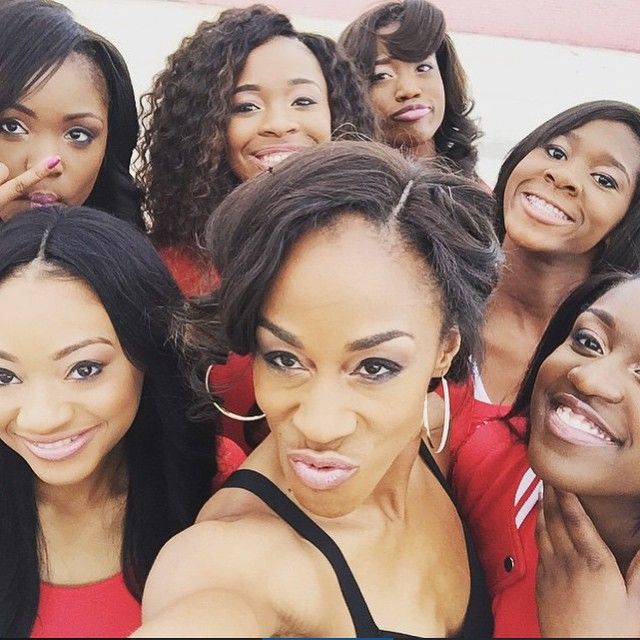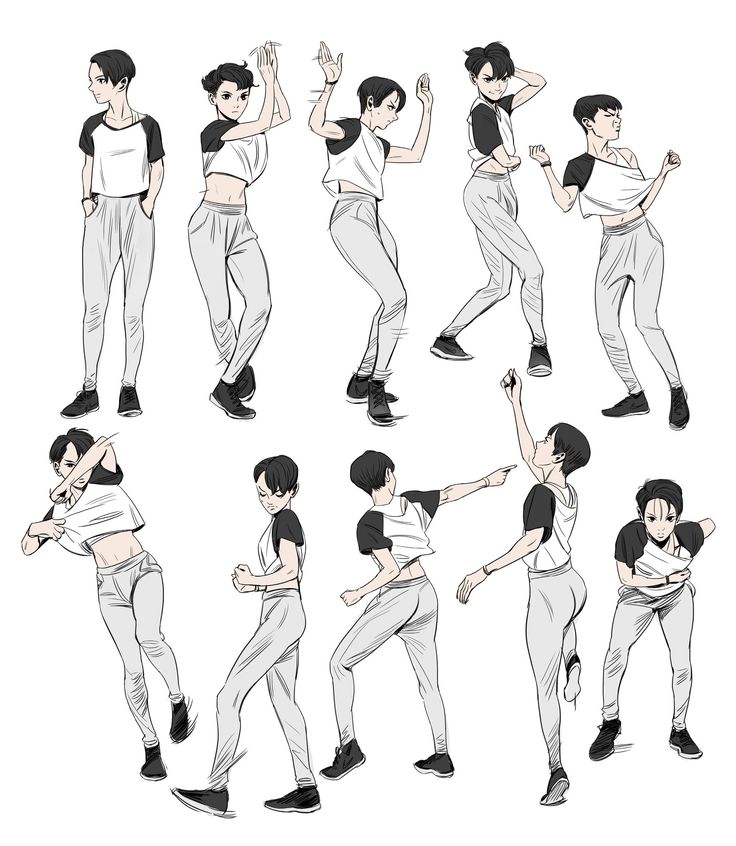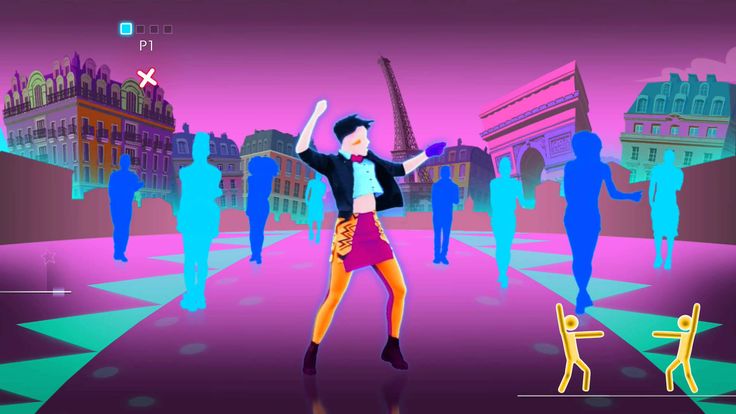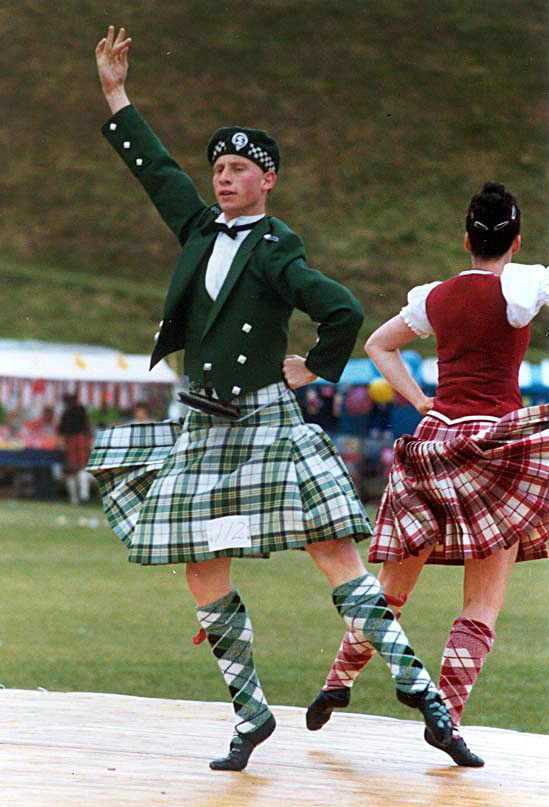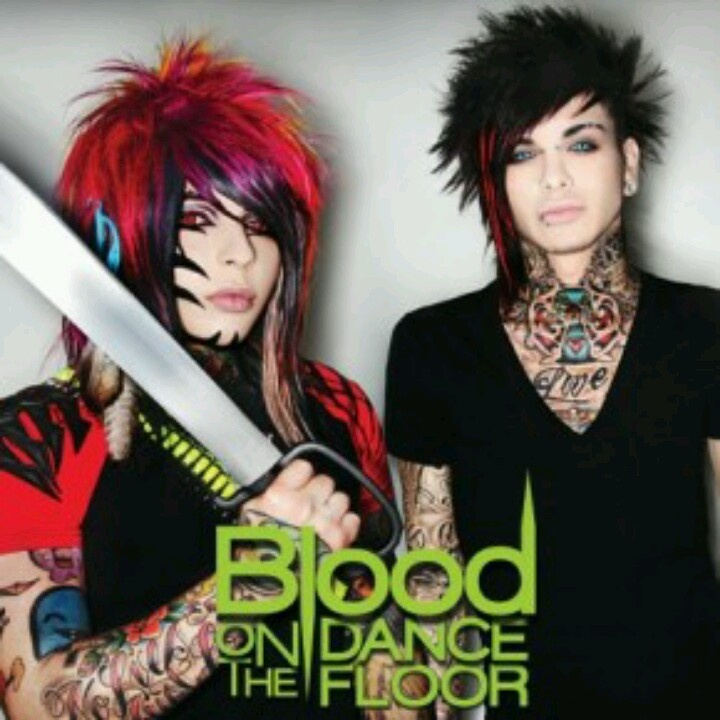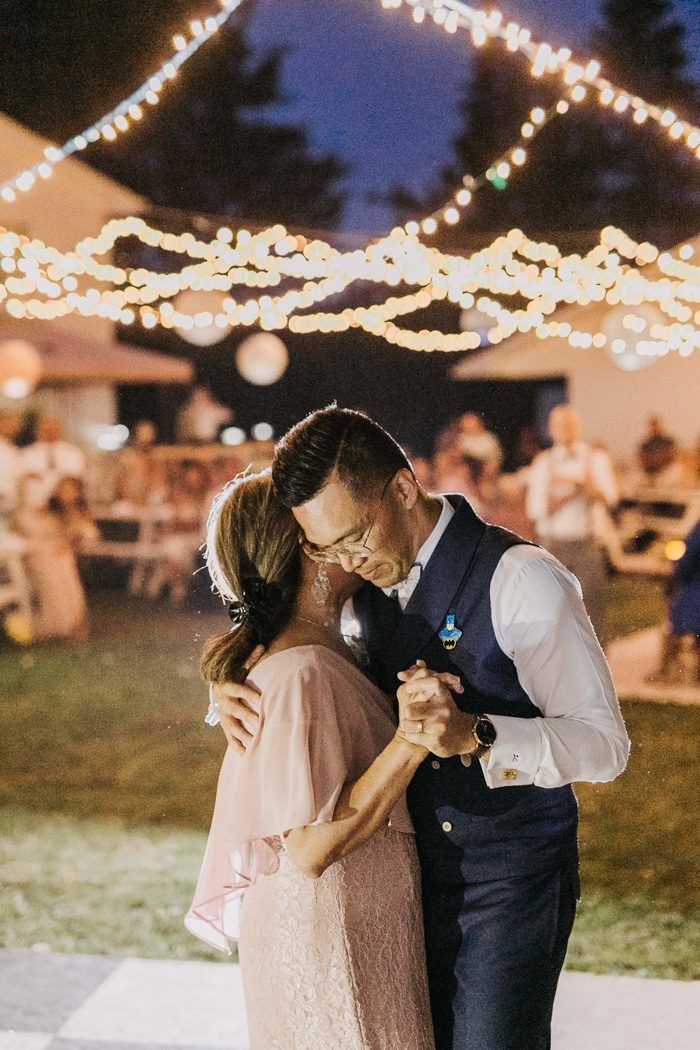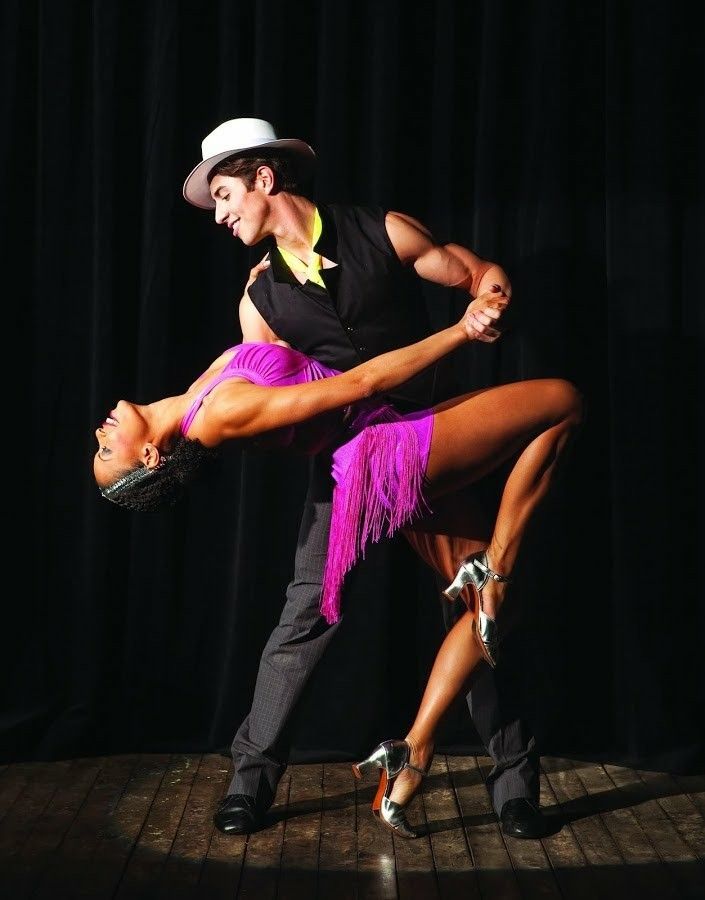How to dance cumbia basic steps
How to Dance Cumbia | The 2023 Dancer’s Guide
If you’ve been wanting to learn how to dance cumbia, it's time to grab your dancing shoes and get in the groove! This lively and exciting Latin dance is relatively simple, which makes it one of the more beginner-friendly styles of dance. So, even if you don’t consider yourself much of a dancer, you can easily learn how to dance cumbia and master the steps with just a bit of guidance and practice.
Excited to learn how to dance cumbia, but not sure where to start? Our beginner’s guide will introduce you to the art of cumbia music and dance and provide you with all the resources you need to learn how to dance cumbia, whether you want to teach yourself or work with professional dance instructors. Before you know it, you’ll be dancing away your worries and reaping all the wonderful benefits of dance! As experts at the Better Health Channel state, learning to dance can lead to physical and mental health benefits such as improved aerobic fitness and greater self-confidence. So, let's get started!
Jump to Section
- How to Learn the Cumbia
- What is Cumbia?
- Cumbia Steps
How to Learn the Cumbia
Dance Classes
One of the best and most exciting ways to learn how to dance cumbia is to take in-person or online dance classes. When you take a dance class, you’ll receive detailed guidance from top-rated dance teachers and have the chance to practice your skills with a partner, all while getting immediate feedback and tips from the professionals. Not only is it a great and effective way to learn how to dance cumbia, but it’s also extremely fun, especially with friends or fellow dancers! Whether you are looking to learn how to dance cumbia or some other style, be sure to check out the dance classes near you, as well as dance classes in NYC and dance classes in Las Vegas.
via CanvaPractice, Practice, Practice
Of course, the best way to learn how to dance cumbia and to really perfect your moves is to practice as much as you can! The good news is that cumbia is not a particularly difficult style of dance, which means it is relatively simple to learn the steps on your own and practice, even just from the comfort of your own home. All you need is some cumbia music (and there’s plenty of playlists for free on Youtube), a positive attitude and our handy guide to how to dance cumbia. Keep reading to learn all about how to dance cumbia. We’ll explore the history of this art form, including where cumbia is from, and easily break down all the cumbia steps and counts.
All you need is some cumbia music (and there’s plenty of playlists for free on Youtube), a positive attitude and our handy guide to how to dance cumbia. Keep reading to learn all about how to dance cumbia. We’ll explore the history of this art form, including where cumbia is from, and easily break down all the cumbia steps and counts.
What is Cumbia?
History: Where is Cumbia from?
Cumbia music and dance traces its origin back to the country of Colombia during the 1800s, and more specifically the coastal town of San Basilia. Cumbia began as a folk dance that blended together the culture of native Colombians with that of the enslaved Africans, who had been brought over by Spanish colonizers. Then, in the 1940s, Colombian singer Luis Carlos Meyer Castandet emigrated to Mexico and started working with the Mexican orchestra director Rafael de Paz, first bringing this lively style of dance and music to the country. It quickly became popular and as more Mexicans learned how to dance cumbia, it gradually evolved into the subgenre now known as Mexican cumbia.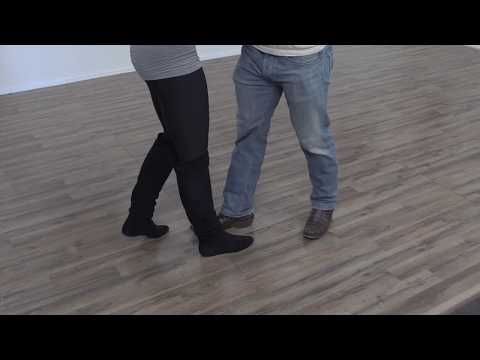 Around the same time as the dance was being adapted in Mexico, cumbia dance was also spreading throughout other Latin American countries, including Peru, Chile and Argentina, and now it has become one of the most popular Latin dances performed throughout the world, both by professionals and amateurs.
Around the same time as the dance was being adapted in Mexico, cumbia dance was also spreading throughout other Latin American countries, including Peru, Chile and Argentina, and now it has become one of the most popular Latin dances performed throughout the world, both by professionals and amateurs.
Cumbia Music
Cumbia music is largely considered by many to be the “mother of all Latin music.” It blends together the rhythm of African drums with the melody of Colombian flutes and maracas, but since its creation has now expanded to incorporate many more instruments, including the guitar, clave, accordion and bass guitar. Cumbia music is lively and energetic, a crossover between salsa and samba. Although it doesn’t feel quite natural to dance salsa to cumbia music, dancing cumbia to salsa music is quite popular among dancers in Central America. So, as you learn how to dance cumbia, make sure you’ve got some authentic cumbia music to play!
via CanvaCumbia Steps
The Basic Cumbia Step
The back-break basic is the main step you need to learn when mastering the art of how to dance cumbia, and luckily, it’s perfect for beginners.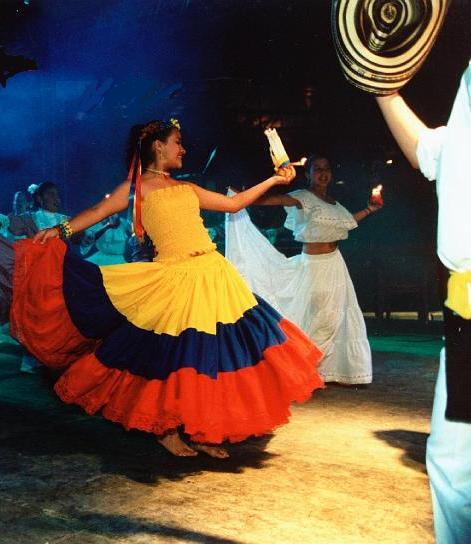 It can be broken down into a four-count pattern. So, here’s how to dance cumbia:
It can be broken down into a four-count pattern. So, here’s how to dance cumbia:
First, you start with your feet together, then on count 1, step back with your right foot at an angle – you’ll want to make an approximately 45º angle with your angled right toe almost in line with your back heel (keep a fair bit of distance, though, as you don’t want your feet to be touching). On count 2, step in place with your left foot (easy enough, right?). On count 3, step your right foot back in place with the left. Count 4, just wait and shift your weight. You can even lightly tap your right heel if you’d like to add a bit more flair to your step.
Then, you’ll repeat the same steps, only this time you’ll switch sides, stepping back with your left foot at an angle on count 1. On count 2, step in place with your right foot this time before bringing your left foot back in place again and waiting or shifting your weight for count 4. As you are learning how to dance cumbia, go through the steps slowly to start and then gradually speed up as you get more and more comfortable.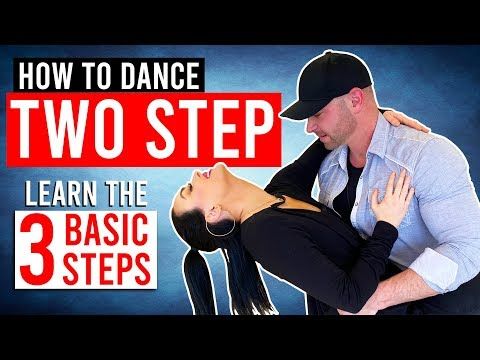 Before you know it, you won’t even be thinking about it anymore, and once you’ve mastered this basic back-break step, you’re ready to move on to the more fancier stylistic elements of the dance.
Before you know it, you won’t even be thinking about it anymore, and once you’ve mastered this basic back-break step, you’re ready to move on to the more fancier stylistic elements of the dance.
Dancing With a Partner: Lead or Follow?
When you are learning how to dance cumbia, you’ll need to know if you are the leader or follower. Although the cumbia dance doesn’t require leaders (traditionally men) and followers (traditionally women) to learn different steps, in order to dance together as partners, you’ll need to make sure you are on opposite feet. This means that the leader should first step back with their left foot, while the follower should first step back with their right foot. Doing so will ensure that your feet movements mirror each other and flow in the same direction without your feet unintentionally colliding and disrupting your groove. As you dance with your partner, you can raise your arms in front of you and hold hands before gradually introducing some of the more advanced moves together as you keep exploring how to dance cumbia.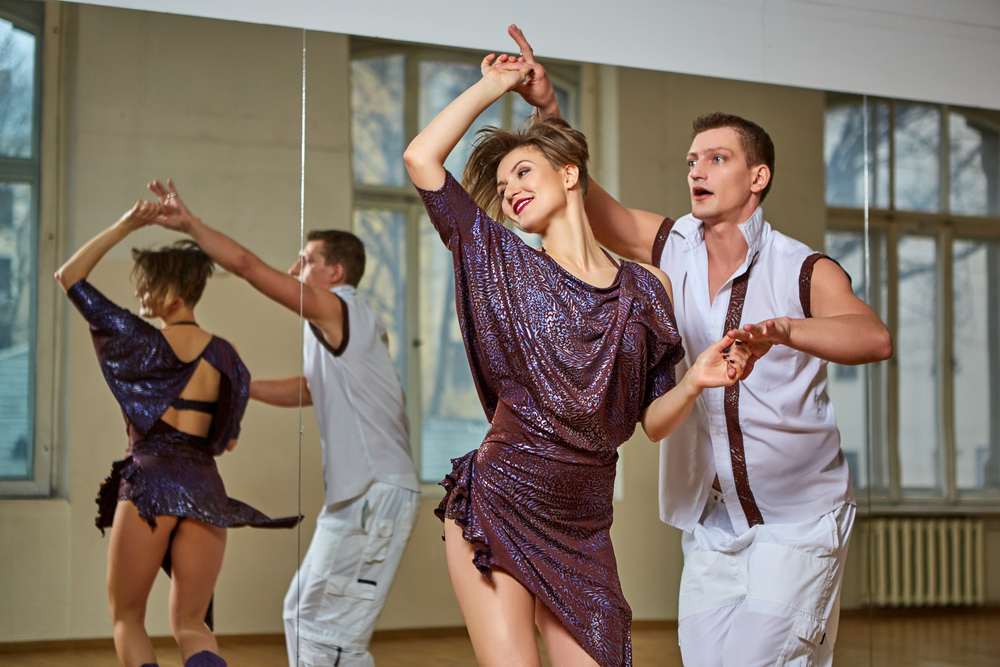
Advanced Cumbia Moves
As you and your partner keep the basic 4-count back-break step pattern going, you can spice things up a bit by adding hip dips, spins and other moves. When learning how to dance cumbia, you must learn how to feel the music, so after mastering the basic 8-count step, you’ll want to spend some time practicing the basic dance pattern to music, letting your hips and body sway to the beat. Once you both feel more comfortable moving to the rhythm in step, you can start experimenting and having a bit of fun with learning how to dance cumbia.
Adding a Turn
Adding a turn is one of the more advanced moves when it comes to learning how to dance cumbia. Starting face-to-face, you and your partner will each step backwards together while continuing to hold hands. Then, release hands. The leader will use their left hand to guide the turn by pulling the follower forward on their right foot.
Important note: the follower should firmly plant their right foot at this point, as this is the foot they will turn on, their pivot point. While the follower is planting their foot, the leader grabs their partner’s right hand, raising up their arm and beginning the turn. Finally, to finish the turn, the leader steps forward and to the side on their left foot to complete the turn and bring you both back to the neutral starting point.
While the follower is planting their foot, the leader grabs their partner’s right hand, raising up their arm and beginning the turn. Finally, to finish the turn, the leader steps forward and to the side on their left foot to complete the turn and bring you both back to the neutral starting point.
The counts for the turn are as follows:
- Both step back
- Follower steps forward and the turn begins
- Leader steps forward and to the side, completing the turn
- Arrive back at neutral
Now you’re ready to crank up the music and start exploring how to dance cumbia! Whether you decide to learn on your own, with a partner or at a dance class, the steps are pretty beginner-friendly, which makes this Latin dance a fun and accessible option for everyone, no matter what your skill level. Most important of all, have fun as you learn how to dance cumbia! Keep practicing and before you know it, you just might be a professional Mexican cumbia dancer.
For even more creative ideas and inspiration, check out other experiences happening on Classpop!
Related Articles
A Beginner's Guide to Bachata DancingHow to Belly Dance (With Confidence!)
How to Line Dance Like a Pro
How to Slow Dance With Style
How to Salsa Dance Beginner’s Guide
How to Swing Dance: A Beginner’s Guide
How To Dance Cumbia For Beginners? A Step-By-Step Guide
Tracing its root in Colombia, this alluring dance style – Cumbia – has been a staple in the nightlife of many South American nations. It’s not hard to find a dancer doing the famous steps in discos and clubs, you ever got the opportunity to visit!
Here’s how to dance cumbia for beginners, if you don’t want to miss out on it. Thankfully, the dance itself is quite simple. You can probably master it in a couple of hours if you put your mind to it (and get a partner, too!)
Contents
- Cumbia Dance Style: An Overview
- History
- The Music
- How To Dance Cumbia Solo?
- Count 1: Step Back The Right Foot
- Count 2: Step In Place The Left Foot
- Count 3: Step The Right Foot In Place With The Left
- Count 4: Wait For A Beat & Shift Your Weight
- Switch Sides & Repeat The Steps
- Start From Slow To Quick
- How To Dance Cumbia With A Partner?
- Leader and Follower
- Dancing With A Partner
- How To Add A Turn?
- Dance Cumbia In A Circle
- Advanced Cumbia Moves
- FAQs
- 1.
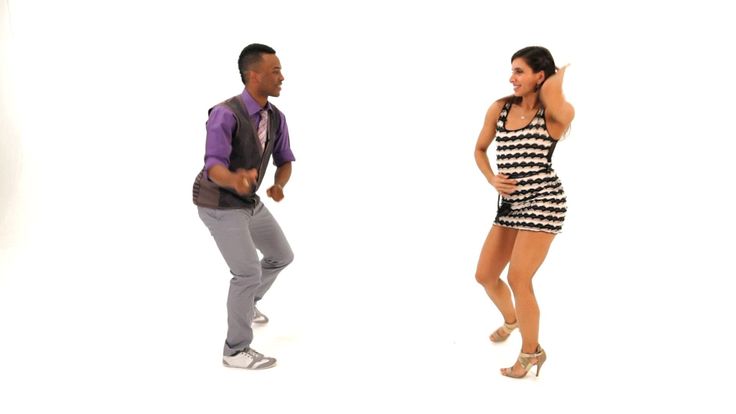 What Type Of Dance Is Cumbia?
What Type Of Dance Is Cumbia? - 2. How Is Cumbia Different From Salsa?
- 3. How Is Cumbia Different From Bachata?
- 1.
- Bottom Line
Cumbia Dance Style: An Overview
History
The term cumbia, according to experts, came from a Bantu word kumbe, meaning “to dance”.
Like many other folk dance styles around the world, there aren’t any exact historical records about it. All we know is that cumbia appeared and picked up steam in the 1800s in the beautiful coastal town of San Basilia, Colombia.
Cumbia is described to be a harmonious mixture of Colombian and African cultures. The latter came from enslaved Africans brought to Latin America by the Spanish.
The big boom for cumbia came in the 1940s when Luis Carlos Meyer Castandet – a legendary Colombia singer – brought the dance style to Mexico. There, it quickly caught the fancy of the masses and soon became extremely popular. So popular, in fact, that the dance crossed borders into many other South American countries from Peru all the way to Argentina.
The Music
For cumbia, music is just as important as the dance itself. The lively music can inspire so much energy that many consider it to be the “Mother of all Latin music”. If you want to imagine what it sounds like, it’s like a combination of salsa and samba.
The music is played by special musical ensembles, known as conjunto de cumbia (or cumbiamba). A cumbiamba can entreat you to a feast of sounds from “conventional” instruments like guitars and bass guitars to more traditional instruments like Colombian flutes and maracas.
If you’re going to practice cumbia, make sure to get yourself a good recording. The spirit of the dance won’t be there if you were to choose some sub-par, non-authentic music!
How To Dance Cumbia Solo?
The basic dance can be packaged into a simple four-count pattern. Once you’ve mastered it, you’re basically ready to take to the floor!
Start from a resting position with your feet together. If you know how to dance salsa, the resting position is the exact same.
Count 1: Step Back The Right Foot
Move your right foot to the side and at a 45° angle. Your right toe should be in line with the back heel of your left foot.
Keep a fair distance between both feet. They shouldn’t be touching one another.
Count 2: Step In Place The Left Foot
The second count is very simple. Just step in place with your left foot.
If you have a partner with you, here’s a good chance to get your game on and be flirtatious. You can even show your enthusiasm on your face and body language.
Count 3: Step The Right Foot In Place With The Left
Bring your foot back to the resting position (both left and right feet side by side).
Count 4: Wait For A Beat & Shift Your Weight
On the last count, pause for a beat. Then, shifts your weight from the right foot to the left foot.
Shake your hips a little to add some extra flair to your movement.
Switch Sides & Repeat The Steps
Re-do the four-count pattern, but this time, on the left side instead of the right.
- Bring your left foot back on count 1.
- Step in place with your right foot on count 2.
- Retract your left foot on count 3.
- Then shift weight to the other side on count 4.
Like any other dance, the first time you do it may feel a bit awkward. But the more you practice, the more natural the steps will feel.
Start From Slow To Quick
Start out slow and gradually speed up as you become comfortable with the pattern. When you no longer have to think about the steps and your feet feel like they have minds of their own, you’re ready to hit the club!
However, that doesn’t mean there’s nothing left to learn. The four-count pattern is the most basic part of dancing cumbia. If you want to truly wow the crowd, focus on learning more advanced steps and elements of the dance next.
… or learn how to dance with a partner! After all, cumbia was originally a courtship dance. Having a partner is basically half the fun.
How To Dance Cumbia With A Partner?
Leader and Follower
When you set out to learn (or dance) cumbia with a partner, establish which of you will lead and which will follow. Traditionally, the leader is going to be male and the follower will be female. Nevertheless, in the modern age, anyone can be anything.
The reasoning behind this system is to keep both of you in rhythm. Two partners must dance on opposite feet. The leader will start out on the left foot, while the follower will start out on the right. As you go through the dance, the feet will alternate.
Dancing With A Partner
Not much changes when you dance cumbia with a partner. The basic four-count pattern still applies.
The dance will start out with you and your partner facing one another, about 2 feet apart. Gently link both of your hands together in the middle.
Count 1
The leader will step his right foot back, while the follower steps back on her left foot.
Next, the leader will release his right hand and extend it outward or upward.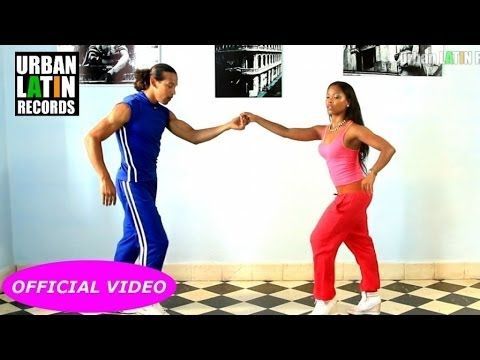 The follower releases her left hand and does the same flourishing motion. Keep the other hand linked between you two.
The follower releases her left hand and does the same flourishing motion. Keep the other hand linked between you two.
When you step back, your shoulders should touch.
Count 2
Step your foot. If you’re the leader, step your left foot (right foot for the follower).
Count 3
Come back to one another and link your hands back up again. Remember to move your hips and sway them side to side as the two of you dance.
Count 4
Pause for a beat, then shift your weight to the other foot.
Switch sides & Repeat
Re-do the pattern again. Keep on switching from side to side until the music stops.
How To Add A Turn?
Like we said, the same four counts aren’t all there is to know about cumbia. To spice things up, you can add spins, turns, dips, and other moves to make your performance more exciting, too. The easiest to learn right out of the gate is the turn.
On the first count, step back from one another with the leader on his right foot and the follower on her left foot. But unlike the standard pattern, don’t release one another’s hands. Instead, keep them interlinked as you step back.
But unlike the standard pattern, don’t release one another’s hands. Instead, keep them interlinked as you step back.
Count 2, reset your feet. As you do, assuming you’re the leader, let go of your partner’s right hand. Your left hand, still holding onto your partner’s, will be used to guide the turn.
Count 3 is the turn. Gently pull your following partner by stepping your left foot forward. The follower will plant her right foot in one place and turn on that foot. As you go through the motion, lift your left hand and arm.
On count 4, the turn is finished. As the follower turns, the leader will step forward and to the side on his left foot, bringing him back to the resting position with both feet together. At the end of the motion, the follower will come back to the resting position, too.
Repeat!
Dance Cumbia In A Circle
Cumbia is often danced in a circular pattern, revolving around the group of musicians playing the music. There’s nothing difficult about it, really. As you go through the basic pattern, you will naturally move yourself (and your partner) to the side. Guide yourself in a circle.
As you go through the basic pattern, you will naturally move yourself (and your partner) to the side. Guide yourself in a circle.
If you’re dancing with other groups, the whole party will typically dance in a circle. Just follow everyone else!
Advanced Cumbia Moves
Advanced cumbia moves include turns, dips, and spins. Once you first start out, it’s highly recommended that you focus on getting the basic pattern down. Once you do, get a feel for the music.
Keep practicing until the pattern is ingrained in you. Afterward, you can have a bit more fun by experimenting with different moves.
FAQs
1. What Type Of Dance Is Cumbia?
Cumbia is a traditional folk dance. As we’ve introduced at the very beginning of the article, the dance style and the music have the spirits of different cultures: African and Spanish.
At first, the dance was more of a folkloric, courtship dance. These days, cumbia has evolved into a social dance that can be done with friends, family, as well as lovers alike.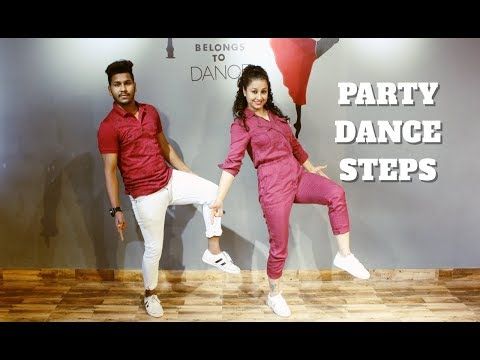
2. How Is Cumbia Different From Salsa?
Cumbia is a bit slower than salsa. Compared to the frenetic rhythm of salsa, cumbia is more gentle and easier to follow along. The relaxed rhythm and the easy, circular pattern are great for social dancing … but not great for competitions.
Salsa is a lot more preferred in dance competitions due to its showy and technical nature.
3. How Is Cumbia Different From Bachata?
Unlike cumbia and salsa, which shares many characteristics with one another, cumbia and bachata are two totally different styles. Cumbia originates from Colombia, while bachata traces its roots back to the Dominican Republic.
Bachata is danced in a four-step timing, while cumbia dances in either 2/2 or 4/4 dance signatures. Last but not least, the style, music, and moves are totally different between cumbia and bachata, too.
Check more: Types Of Ballroom Dance With Definition & Pictures
Bottom Line
It’s not all that difficult to learn how to dance cumbia for beginners, especially if you’ve had previous dance experience.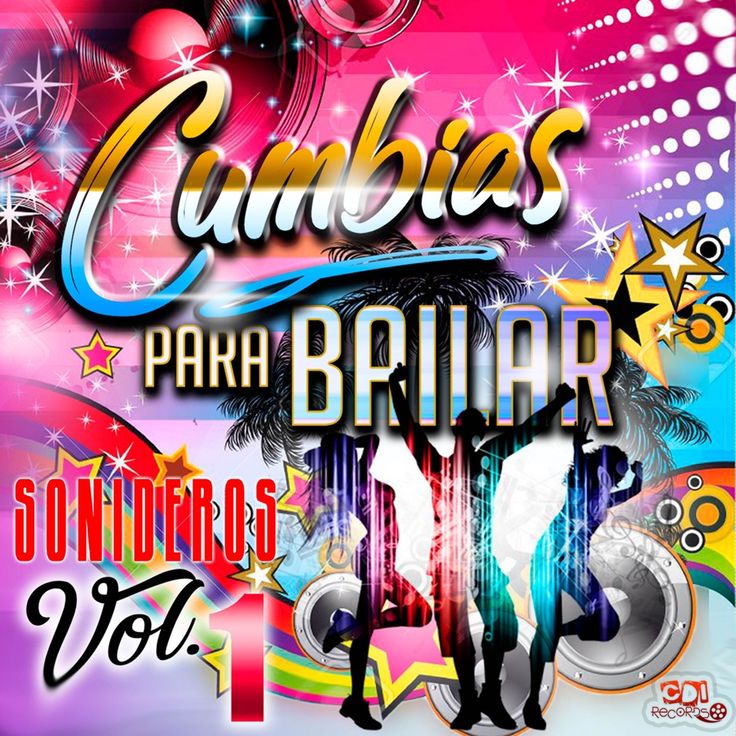 But even if you haven’t danced before (or think you’re not very good at it), cumbia is still super easy to learn. It won’t take more than a couple of hours to master the basic cumbia steps and move on to more advanced techniques.
But even if you haven’t danced before (or think you’re not very good at it), cumbia is still super easy to learn. It won’t take more than a couple of hours to master the basic cumbia steps and move on to more advanced techniques.
from cumbia to joropo 🥇 en.versiontravel.com
Colombia is a country with a huge folklore that covers different styles. Here you will find the characteristics of the main dances of the territory, divided by region. We also indicate in which departments the most popular practices are practiced.
Below you have an index with all the items we are going to cover in this article.
Content
- 1 Caribbean
- 1.1 Cumbia
- 1.2 Bullerengue
- 5 Amazon
- 5.1 Bëtsknaté
- 5.2 Proposing Dance
- 5.3 Corridor
Caribbean Coast
This is the northern region of the country and the origin of several of the most important dances in the country. Some of its most important cities are Barranquilla, Cartagena and Santa Marta.
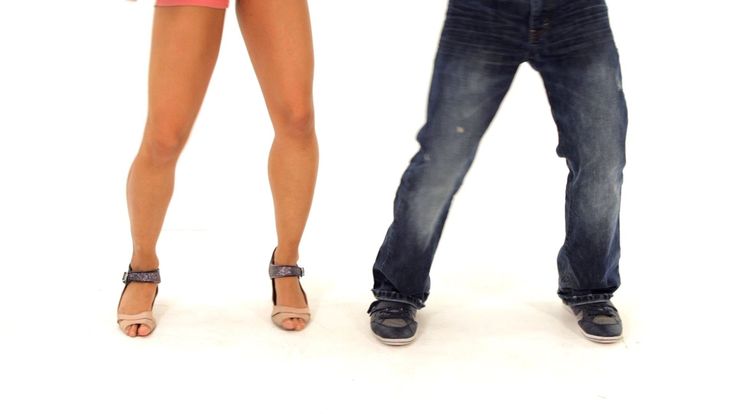
Cumbia
Cumbia can be considered a black dance because it comes from Equatorial Guinea. It has its roots in African culture. The instruments it is accompanied with are drums, bagpipes and flutes.
The musicians are placed in the center, on the stage. This is dance in pair . The woman puts her left hand on her waist, grabbing the end of her skirt, and in her right hand she holds a lit candle.
While men perform more acrobatic and expressive movements, women move in short steps and in an upright position. Her wardrobe consists of a colorful skirt skirt , a blouse, a bouquet of flowers on her head and colored necklaces.
The man is dressed in white. Pants have gathered in the back called cabbage , He has a shirt around his neck and wears a decorated chest. They tie a red scarf around their necks and wear a hat on their heads.
Some of the most outstanding kumbia color skirt , Tropitating , canoe , passionate and Land of Colombia Dear , the latter is interpreted in the following video:
more from this dance. one named Gaita. In addition, there are some, such as Puya, a dance of the nineteenth century, which have acquired elements of cumbia.
Bullerengue
He is represented by the descendants of the Maroons, former slave rebels who lived at large in Palenque de San Basilio, in Mahat, Bolivar.
Bullerengue dance only women who sing at the same time. Its origin is African, where it was part of the acts of initiation carried out by young people.
Traditionally, it was passed down orally from generation to generation. It has a marked rhythm played by two drums: ringing and cheerful or feminine.
Women move in an upright position and take small steps that may resemble those in a cumbia. This is festive and cheerful music.
https://www.
 youtube.com/watch?v=GRA3r_7OI1w
youtube.com/watch?v=GRA3r_7OI1w I have mapped
This dance of African influences was common around the Magdalena River. Mapalé, the name of the dance, also means the fish caught in this part.
It was presented at night to celebrate fishing. However, over time it has been modified to reach the present, in which it has a strong sexual nature ,
It happens as a couple. The men perform exhibition poses while the women move erotically. The steps are short, the rhythm is moving and clapping.
The costumes are fresh and bright as it is a warm area. On the one hand, women wear short skirts that accentuate their movements. On the other hand, men usually go shirtless.
Vallenate
This folk dance is accompanied by two percussion instruments (box and guacharaca) and an accordion.
 You can add others such as guitar or bagpipes.
You can add others such as guitar or bagpipes. It is presented as a pair. Depending on the vallenato, it is practiced more stuck or divided. There are no strict rules here: the movements depend on the dancers. We find five different rhythms or musical parts:
- meringue
- Walking
- Puya
- Located
- Tambora
This dance is so important that it has been declared Intangible Cultural Heritage of Humanity6. It is distributed throughout Colombia and even in other countries such as Mexico, Ecuador and Argentina.
joint
This is typical for the departments of Córdoba, Bolivar, Atlantico and Sucre. It is also very popular in the city of Medellin in Antioquia, where important festivals are held.
This is the native dance of , African rhythms were added little by little, and then wind instruments of military bands. It has four by four strokes.
In principle it was an individual approach, although nowadays it is considered ballroom dancing as a couple. There is no set choreography, but circular movements are performed. One of the most famous songs0079 Window ,
Orinokia
This natural region is also known as the Eastern Plains. It is a large plain where important rivers meet, such as the Meta or the Vichada, which flow into the Orinoco, which serves as a border.
Joropo
This Ilanera dance is also popular in Venezuela. It has important influences from Spanish fandango . Its name comes from the Arabic word xarop which means syrup ,
Begins to develop in the eighteenth century. It dances like a couple. The body remains motionless, but the legs perform a quick heel. The man holds the woman's hands and makes movements, and the woman imitates him.
The instruments with which the music is played are the harp, the quartet (similar to a guitar) and the maracas. There are different types that have developed in each area, such as the eastern joropo, tuyero or Andean.
galley
This is practiced in popular festivals. This is dance happy and full of delight. It is believed that its name comes from the feasts of the Galleons, which were celebrated in the seventeenth century.
Galerón is held in pairs who practice zapateado. The man is chasing the woman. In addition, he wears a handkerchief that moves and with which he rotates around him.
In the following YouTube video we see the performance of two pairs of young dancers:
https://www.youtube.com/watch?v=63sYSQ4PdnM
Pacific Coast
The Pacific Coast is made up of four departments: Choco, Valle del Cauca, Cauca and Nariño.
 This region, located in the west, is the most populated by the descendants of Afro-Colombians.
This region, located in the west, is the most populated by the descendants of Afro-Colombians. Abozao
This is the Choco folk dance. This is an erotic ritual between a couple that performs provocative gestures, footplays and hints of movement. Has origin African . Its name comes from the word muzzle rope to tie boats.
To represent this, two rows are formed: one of the men and one of the women. The dancers don't grab, and sometimes the man surrounds the woman, who is wearing a wide skirt and choli.
Hota Chokan and Caderon
These two are mestizo dances as they mix African culture and European dances of the 18th and 19th centuries.
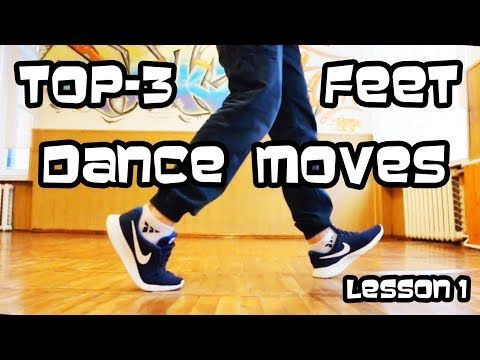
Jota Chocana is a satirical imitation of Spanish nest. It began to be interpreted in the 18th century. They dance in pairs, standing opposite each other. This has some differences with the Spanish version. In Colombia, the movements are faster and sharper. However, both palms.
In the case of the Caderona, during the performance, the voice, accompanied by the choir, sings the following lyrics: “Caderona, come , meniate , With hand on hip. Caderona, come , meniate , oh! Come , meniate , fall in love , »
Currulao and the Bund
Its history begins with the slaves who worked in the mine during the colonial era.

It is presented in pairs, which moves in a circular and linear manner, drawing a figure eight. This is a kind of courtship in which a man tries to make a woman fall in love. It is performed with the following percussion:
- bombs
- Drums
- Maracas
- marimba
Bund uses the same instruments, but this one is religious in nature. This was traditionally practiced at children's funerals. Currently, it is only sung if it is a holiday.
 If not, its instrumental form is retained.
If not, its instrumental form is retained. contrydance
This comes from a European dance of the 16th and 17th centuries called contrydance what does it mean field dance . It was in the 18th century when the Spaniards passed it on to Colombia.
Contradanza practiced at the celebrations top class Elegance dominated her. This went on for about an hour, and there was no rest in his interpretation.
This idea was passed on to the popular classes of the country through slavery. It is held in pairs and has pre-established rules. Among the instruments that accompany it, we find the clarinet and the euphonium. Other dances of European origin are chotis or rumba.
Andean region
It takes its name from the Cordillera de los Andes, which is located in this area. Here we find various cultural groups such as paisa, santandereano and cundobiyacense.
Bamboo
This is the most important dance in the area and one of the most popular in the whole country. You have doubts about his history, so there are different hypotheses that speak of African, indigenous or Spanish origin.
This is another performance as a couple, in which a man invites a woman to dance, with whom he intersects, forming a figure eight. They move with their hands on their waists and play with an important element: a handkerchief.
In this genre we find La Guaneña , song of 1789. Its author is the musician Nicanor Diaz, who wrote it in honor of Rosario Torres, He fell in love lost.
 In the following video you can listen to the original song:
In the following video you can listen to the original song: Although not official, it is considered a popular anthem by Nariño. Both songs and dances are taught to children of preschool and primary school age. The clothes with which this is practiced are warm fabrics and bright colors.
Sanjuanero is an important variety of bamboo. This style of music was composed in 1936 by Duran Plazas. This is a very expressive dance in which eight different figures are made.
Whirlwind
Whirlwind comes from farmers , which express different feelings with him: love, religiosity, disappointment, etc.
 It is practiced at parties, weddings and pilgrimages.
It is practiced at parties, weddings and pilgrimages. This is done by two people walking around. The man chases the woman and she runs away. Then the roles change. This is a light and spontaneous dance. Therefore, children can also practice it.
Guabina
Guabina is a nineteenth century dance that came from Europe, although over time it has undergone some changes.0075 regional adaptations , This has been persecuted by the Christian church in the past.
Depending on the departments in which he practices, we find three types:
- Cundiboyacense : in Boyaca and Cundinamarca
- Veleña : in Veles (Santander)
- Tolimese : in Huila and Tolimne
sauce
Although the sauce originated in Cuba in the twentieth century, it is very famous in Colombia and popularity , All over the country you can find schools to learn how to practice this.
Colombian salsa has its own characteristics, as it is influenced by African and Cumbian movements.
 Some of the more famous authors are Joe Arroyo, Cristian del Real and Los Titanes.
Some of the more famous authors are Joe Arroyo, Cristian del Real and Los Titanes. Amazon
This region is located in the south of Colombia. It is part of the Amazon rainforest, the largest forested area in the world. Inhabits a total of 44 indigenous peoples.
Bëtsknaté
This is a dance that is presented at a meeting between communities local from the Alto Putumayo region. In this ceremony, people redistribute food.
The parade is led by a man known as Chief Matachin who wears a red mask and a bell. This ceremony is part of a party called the Forgiveness Carnival.
In this video we see different parts of this important indigenous holiday:
Offering Dance
This is a performance in honor of people who have passed away. In it they are offered some of the products They are used in life. Therefore, each dancer carries a wooden plate.
Participants are seated in a round shape. In the center is a person around whom the rest rests. Music is performed with flute and drum.
corridor
It is considered a national dance because it is presented not in one region, but throughout the country. It began to develop in the 19th century due to the influence of the European waltz.
This is also quite popular in Ecuador. Because of its origin, it is considered a mulatto dance. It was born as a sign of joy after the independence of Spain, so it reflects freedom.
There are two different types, interpreted according to the case:
- Throw parties : It's instrumental.
 It is presented at parties and weddings.
It is presented at parties and weddings. - Slow : Can be vocal or instrumental. This is interpreted in serenades.
Top photo PACAF,
This article has been shared 164 times.
Finally, we have selected the previous and next block article " Prepare your trip " so you can continue reading: century in Colombia, the first called Cumbia , then Cumbia . However, Cumbia has spread to South America, especially Bolivia, Peru and more recently Argentina, where it has mingled with the music already there.
Slave drums were originally used to accompany funeral services. The Native American peoples of the West Indies then added in these rhythms ocarinas, reed flutes and gaitas (a type of long Native American flute) to the melodies, lyrics and dance imported by the Spanish colonists.
Summary
- 1 Etymology
- 2 Origin
- 3 Various types cumbia
- 3.
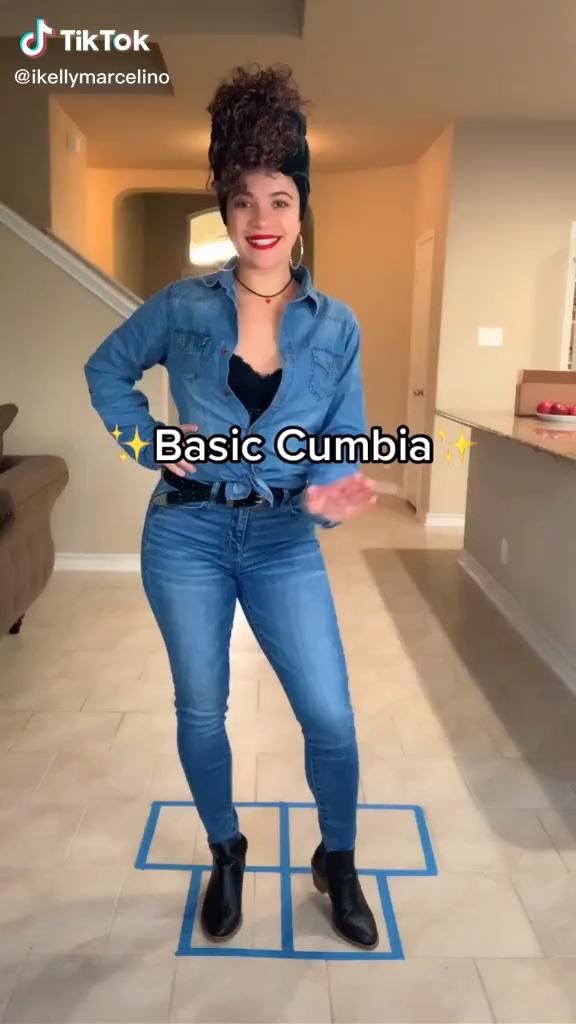 1 Classic Colombian cumbia
1 Classic Colombian cumbia - 3.2 Cumbiamba from Colombia
- 3.3 Modern Cumbia from Colombia
- 3.4 Cumbia Santeña from Panama
- 3.5 Cumbia Coclesana from Panama
- 3.6 Cumbia Mejoranera from Panama
- 3.7 Modern Cumbia from Panama
- 3.
- 4 Cumbia outside Colombia
- 4.1 Interpreters and distribution
- 4.2 Main artists and groups
- 5 Notes and references
Etymology
The word cumbia comes from the Bantu language, derived from the word cumbe , a rhythm and dance from Equatorial Guinea (West Africa), more specifically from the Mbata region. According to Guillermo Abadia Morales, the term cumbia refers to the Cuban word cumbancha, which means a party, a small orchestra. Cumbia is a term that means music, rhythm and not a song.
Defenders of the aboriginal thesis of Cumbia trace its name to Kumbaga, the symbolic leader of the Pokabui.

Source
Cumbia was born in the upper part of the Magdalena river valley in eastern Colombia in a geographical area called the Momposina depression, more precisely in the area that corresponds to the country of the indigenous Pocabuy.
Cumbia is a dance and rhythm developed from a cultural mix of African culture with slaves, European culture with Spanish colonization in Colombia, and indigenous culture.
The slaves of the Africans of this region used songs nominated areítos , which means dancing, singing, to tell the story of their ethnic group and honored to be kept in memory. So these songs were a history lesson, remembered by those who heard them.
The presence of these cultural elements can be assessed as follows:
- The presence of carnal movements characteristic of dances of African origin.
- The costumes of this dance are inspired by those of Spanish culture, and are very close to the clothes of the current flamenco : long skirts, lace, sequins, etc.
 , without forgetting the intense make-up of women and their haircut flowers. Men's clothing is closer to what is used during encierros (a tradition that the bulls are led through the city to the toril before the bullfight), San Fermin festivals in Pamplona: white shirt and trousers, red scarf around the neck. and a hat.
, without forgetting the intense make-up of women and their haircut flowers. Men's clothing is closer to what is used during encierros (a tradition that the bulls are led through the city to the toril before the bullfight), San Fermin festivals in Pamplona: white shirt and trousers, red scarf around the neck. and a hat. - As for the music, the drums are of African origin, the maracas, whistles and flutes are of Indian origin, and the songs and popular songs are taken from Spanish poetry, although adapted to the cumbia.
The first official Cumbia group was formed in 1877. This is Cumbia Soledeña and their most famous song was " Pa goza el carnaval ".
Popular festival in El Hatillo, Panama, in 1890, featuring traditional instruments.
In Panama, the cumbia dates back to colonial times and has its epicenter in the central provinces. Various regional variations originate in the choreographic and musical composition mainly from Africa.
 They also celebrate the instruments and original dance steps of the Spanish (Andalusian and Galician) and, to a lesser extent, Aboriginal peoples.
They also celebrate the instruments and original dance steps of the Spanish (Andalusian and Galician) and, to a lesser extent, Aboriginal peoples. The process that has shaped the culture and characteristics of the Colombian Caribbean in three aspects (Hispanic, Black and Indian) from the Spanish colonial period to the present day also took place in the isthmus. Dropping into the area to talk about their appearance in colonial times, in the evenings the Creole families would gather to recite poetry and play music typical of Spain and Europe, on other evenings they would bring their slaves to play the traditional drums and dance. Among her favorite African dances was El Punto, this performance consisted of internal and belly movements and an African woman dancing alone. The other dance was the cumbia, for this couple points towards the center of the room, men against women, and gradually a circle of couples formed. The man's dancing step was something of a backward leap as the woman glided forward with a lit candle in her hand, holding a very bright handkerchief.
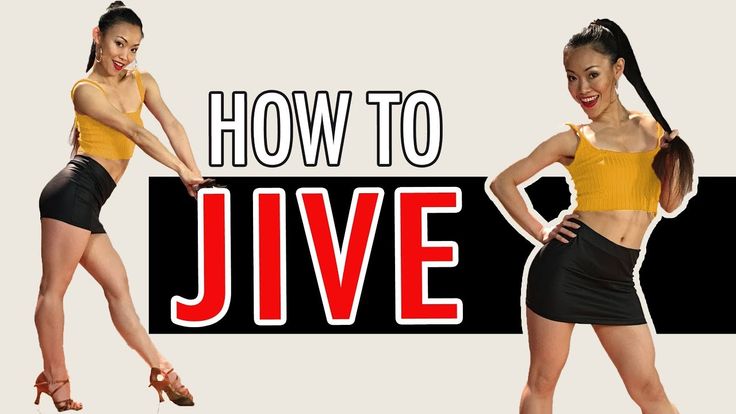 There is also mention of a dance during a religious festival celebrated in the month of May which bore the name "Commemoration of the Cross" and people would gather to pray the rosaries, sing litanies and then form the cumbias ran dance, it still exists today in the inner communities and the capital countries.
There is also mention of a dance during a religious festival celebrated in the month of May which bore the name "Commemoration of the Cross" and people would gather to pray the rosaries, sing litanies and then form the cumbias ran dance, it still exists today in the inner communities and the capital countries. Various types of
cumbia
Classic Colombian CumbiaColombian Lamador .
Cumbia classical consists of instruments like zigi kuisi and kuisi Bunzi two types of Indian flutes, maracas, originally made in gourd and inside corn kernels or small stones. This is the so-called melody zambo , that is, born as a result of the merger of black and Indian cultures. Thus, in its composition we also find several types of drums that create the rhythm, namely el Llamador (the one who calls) containing a non-standard beat, Allegre, derived from African congas, having a typical cumbia sound, it contains a solo, as well as tambora: a top hat divided by two skins and played with sticks, this one was added a posteriori for its celebratory character.
 Optionally, you can add a las guacharacas scraper. Thus, the melody is Indian and the rhythm is African. This cumbia only dance but never sing.
Optionally, you can add a las guacharacas scraper. Thus, the melody is Indian and the rhythm is African. This cumbia only dance but never sing.
Colombian cumbiambaCumbiamba is a variety of cumbia that arose from the fact that African slaves began to speak and thus sing in Castilian. The dances also change because women don't wear veils on their arms. Instruments also vary, including accordion, pan flute.
Each member of the group has his own role: the first musician is a flutist, the second plays the drum, the third also plays with sticks, the fourth uses only his voice, he is called by lamador (the one who calls), The fifth one plays the maracas as well as the flute, and the last one is another flutist, but he is not always present.
Contemporary Cumbia from ColombiaThis is sung, plus the ocarina, reed flutes and other types of drums, all of which are typical of South America. This cumbia gave birth to other musical types such as bullerenge or saloma .

Cumbia Santeña from PanamaPanamanian Tambora.
Cumbia originally from the Azuero peninsula, the cumbia is traditionally played on the rabel, panama drum, guachar or even churuk, drum " pujador " or " lamador " and guitar. It enjoys great popularity in the country and is the form most developed in Panama. The traditional dance is performed in four movements: Paseo , seguillida , CRUCE and zapateo . A traditional dance of women dressed in luxurious skirts and men in a white T-shirt or shirt and a Pingtao hat. According to the order, time and duration of the four digits, turn. Cumbia Santena has sub-variants.
- cumbia cerrada (closed cumbia): These are fast chain dance couples in a circle group that close for a short time and then open again.
- cumbia abierta (open cumbia): slow and steppe, dance group.
- cumbia zapateada : dancers stomp their feet to the beat of the music.

- cumbia atravesada : lively and fast growing cumbia, traditionally more festive and with freer movement.
Cumbia Coclesana from PanamaIn the province of Cocle, song themes may relate to fauna, cuisine, as well as jokes or aspects of everyday life of peasants. The dance is punctuated by hip movements. The peculiarity is that a mortar is used as a musical instrument.
Cumbia Mejoranera from PanamaThis cumbia comes from the Amerindian communities of Ocu County and Veraguas Province. La Mejoranera is a typical guitar from Panama. The dancers hit the ground with their soles.
Modern Cumbia from PanamaCumbia outside Colombia
Many countries created their own cumbia, Argentina - Cumbia villera, Peru - la chicha (the term Chicha was more often used for musical variations up to 1990s), Mexico - cumbia sonidera, cumbia banda or tecnocumbia.
The Peruvian cumbia is popular in Amazonian cities and today is an integral part of the Peruvian identity and goes by names such as Cumbia guaracha, Psychedelic Cumbia, Amazonian Cumbia or simply Peruvian Cumbia.
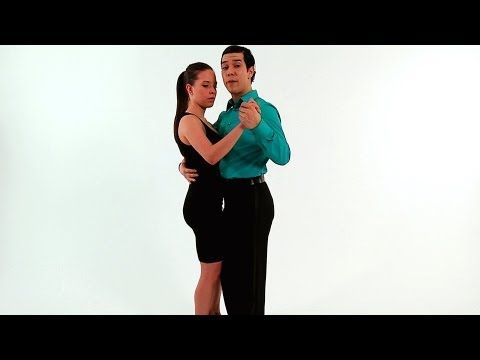
In 1966, the Peruvian Enrique Delgado founded "Los Destellos" and together with the group decided to resume work with cumbia, but changed the Colombian accordion to an electric guitar. This rock influence is also mixed with the characteristics of Creole music and gives rise to the Peruvian cumbia. The Peruvian cumbia is very popular in Peru today. Residents of the capital consider it the most representative style of their city. Songs La Colegiala and Las Limeñas of the Los Ilusionistas groups have attracted great interest all over the world.
Translators and broadcasts
In 1950 the first cumbia was registered. Lucho Bermudez performs Danza Negra (black dance), also known as cumbia colombiana , performed by Mathilde Diaz.
In 1953, flamenco , cumbia, composed by Soledeno Efrain Mejia were released.
B 1955 the typical group Cumbia Juan Corralito appears. At the same time, Antonio Lucia Pacheco's cumbia appears with the musical piece Once de Noviembre (November 11).
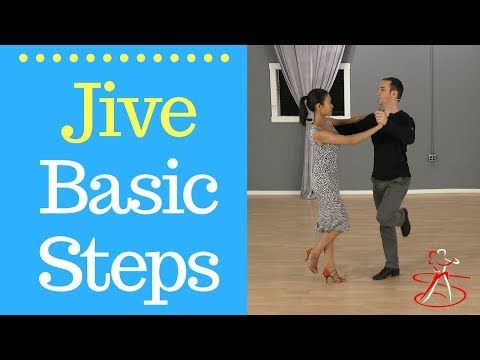
In the 1970s and 1980s, Mexican musician Rigo Tovar mixed cumbia and rock, using, for example, electric guitars and synthesizers. This alloy was named cumbia-rock .
The main groups that have distributed cumbia nationally or internationally are:
- Arturo Jaimes with Mexican-Colombian cumbia ;
- Medardo Guzmán with Cañamillero Machates ;
- Contemporary Soledad cumbia which is the song of the melancholic Andalusian dance of Pedro Beltrán;
- Cumbia Argentinian Alexis Urunde;
- La Perla Colombiana ( Colombian pearl), romantic Mexican-Colombian cumbia ;
- Juan Jimenez Guayaspa , composer cumbia cienaguera , in the late 1950s, toured around the world;
- La Colegiala Rodolfo and Su Tipica, well-known music from Nescafé commercials;
- La Sonora Dinamita, La Sonora de Margarita, Sonora Skandalo and Sonora Santanera are bands formed in the 1950s-1960s that respect the composition and rhythm of the real cumbia , even if they play other similar musical styles such as merengue ;
- Los gaiteros de San Jacinto is a band that has been in existence since the mid-1940s and won a Latin Grammy Award in 2007.

Considering all these artists and the impact this music has had, it makes sense to talk about cumbia when talking about Colombian music.
Main artists and groups
- Andres Landero
- Aniseto Molina
- Anibal Velasquez
- Bareto
- Celso Pigna
- Lisandro Meza
- La Sonora Dynamita
- Los Destellos
- Los Corraleros de Majagual
- Los gaiteros de San Jacinto
- Manzanita y su conjunto
- Los Mirlos
- Nancy Murillo
- Pacho Galan
- Los Pakines
- Pastor Lopez
- Pepe Richardo
- Pibes Chorros
- Supermerk2
- Chico Trujillo
- El Hijo de la Cumbia
- Huanafe
- Cumbia Kings
- Quantic (Will Holland)
- Sergeant Garcia
- Simya Duyov
- Sonido Gallo Negro
- Tato Marenko
- Tito Del Monte
- El Asno
- Egros
- Chuchuka
- Toto la Momposina
- Bomba Estereo
- Ondatropica
- Sonora Santanera
- Los Charros
- La DeLio ValDeZ (Buenos Aires)
Notes and links
- ↑ [1]
- ↑ " Introduction to Cumbia ", on Audiofanzine, (accessed 22 May 2021)
- ↑ " Introduction to Cumbia ", on Audiofanzine, (accessed 22 May 2021)
- ↑ " Introduction to Cumbia ", on Audiofanzine, (accessed 22 May 2021)
- ↑ Garay, Narciso, Traditions and Songs of Panama: A Folk Essay, Belgian edition of De Exoansion, 19" From Cumbia to Shisha: Lima, Peruvian Crucible ", on France Culture (Viewed May 23, 2021)
- ↑ Last Night in Orient - LNO ©, " Cumbias Chichadélicas: Peruvian Psychedelic Chicha (Infopesa) ", in Last Night in Orient (accessed May 23, 2021)
- ↑ Last Night in Orient - LNO ©, " Juaneco y Su Combo - Parranda Selvática -" Cumbias Pegaditas "", in Last Night in Orient (accessed May 23, 2021)
- ↑ " Let's Talk About Music - Peruvian Musical Origins and Influence of " on Phima Voyages, (accessed 23 May 2021)
- ↑ " Let's Talk About Music - Peruvian Musical Origins and Influence of " on Phima Voyages, (accessed 23 May 2021)
- ↑ Last Night in Orient - LNO ©, " Las Limeñas Los Ilusionistas Walter Leon Aguilar ", at Last Night in Orient (accessed May 29, 2021)
- ↑ Last Night in Orient - LNO ©, " Cumbia, internationally acclaimed in the 1940s, is Lucho Bermudez' Danza Negra performed by Mathilde Diaz ", in Last Night in Orient (viewed 23 May 2021 g.

